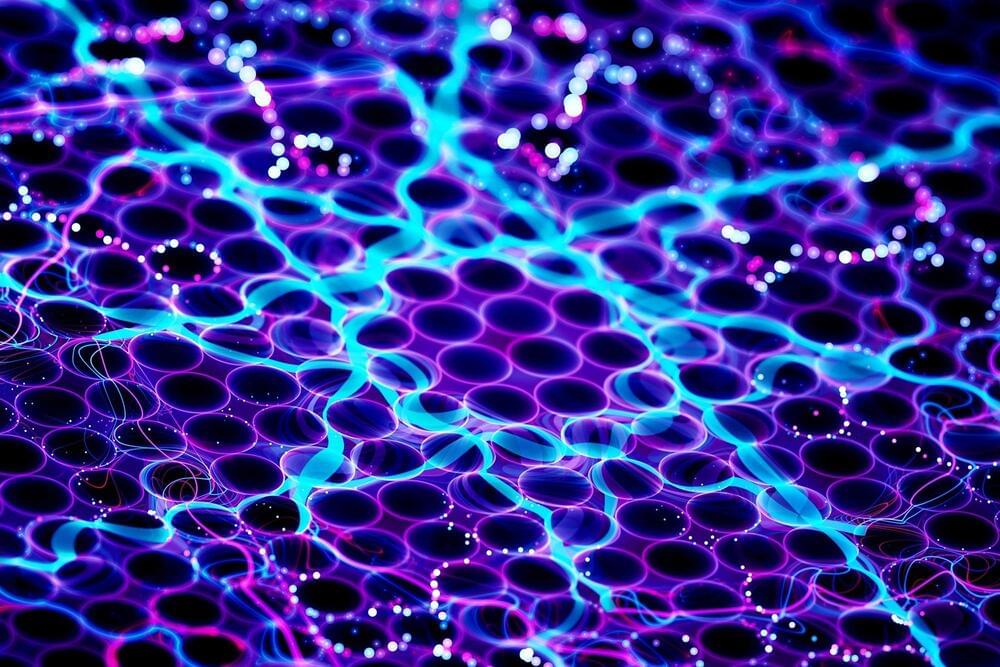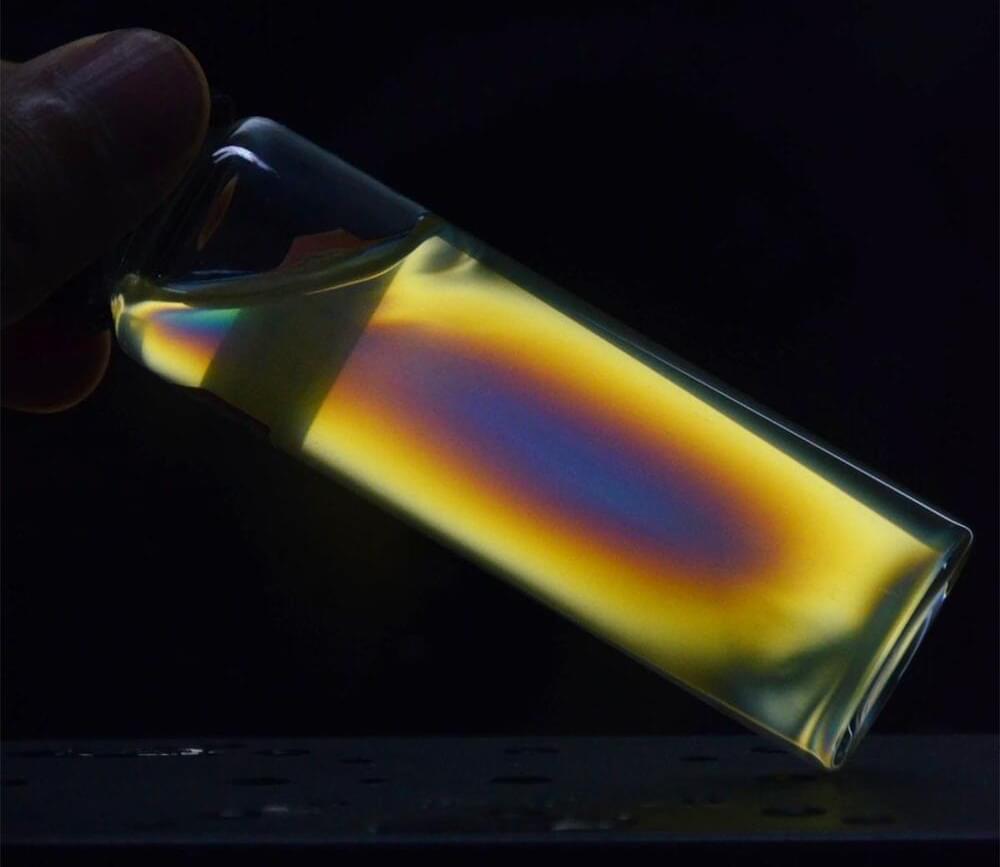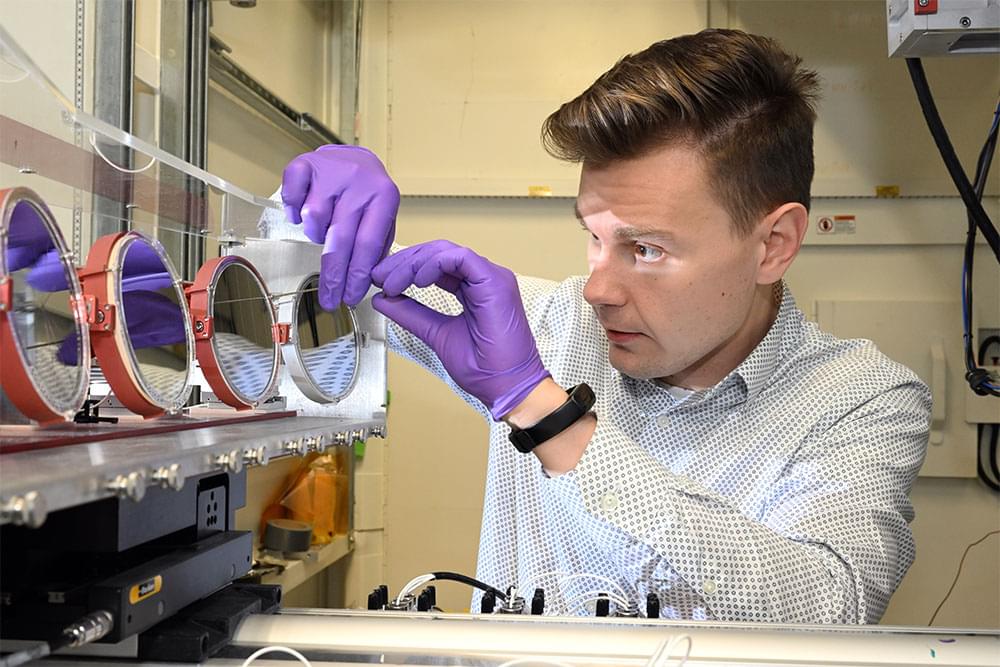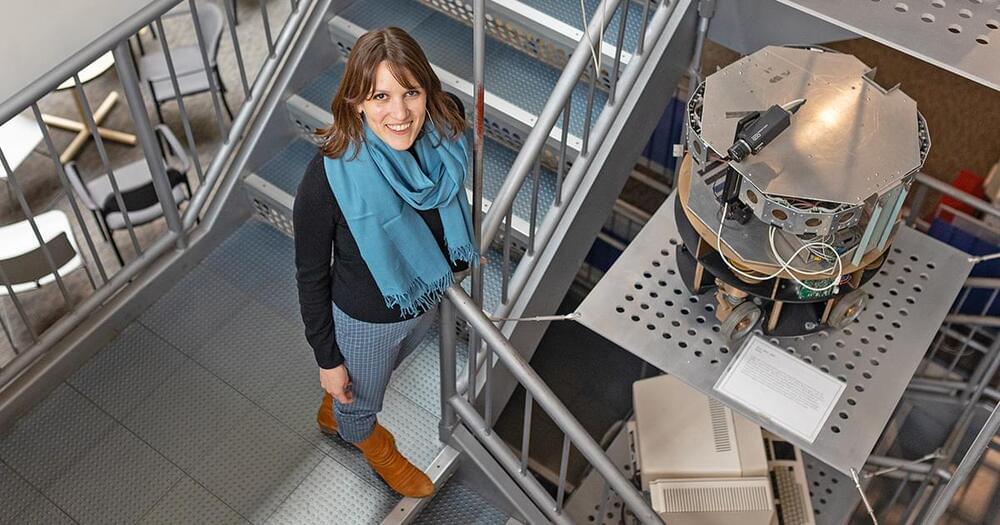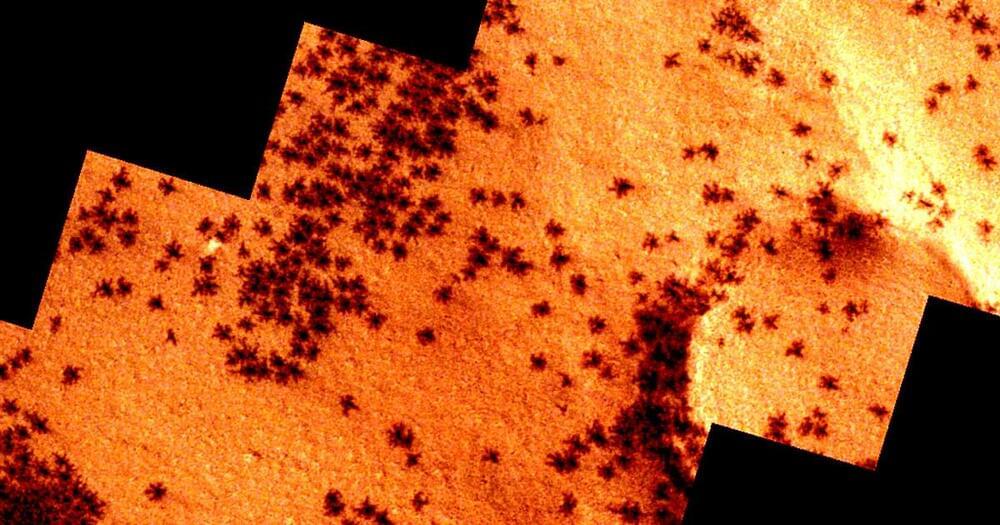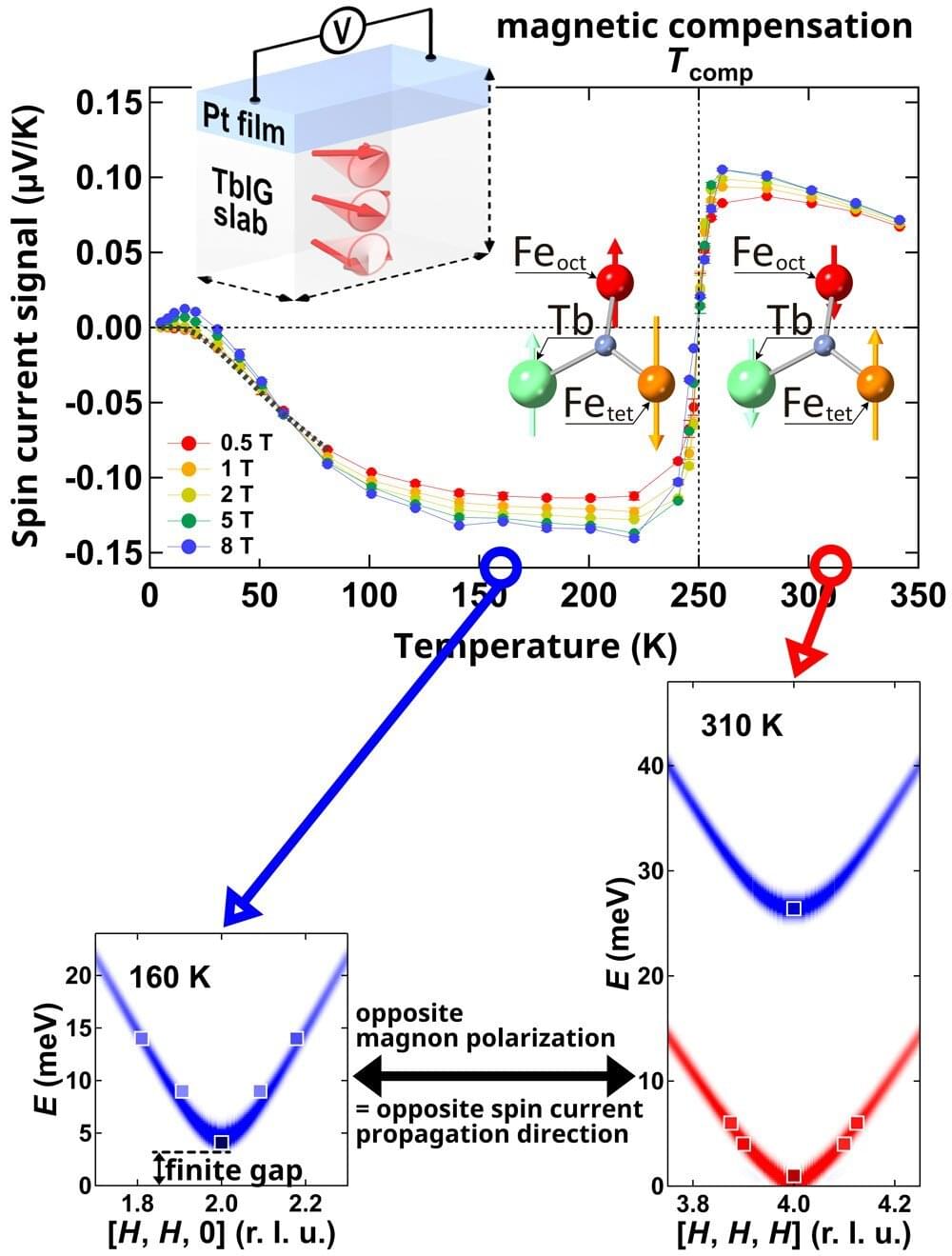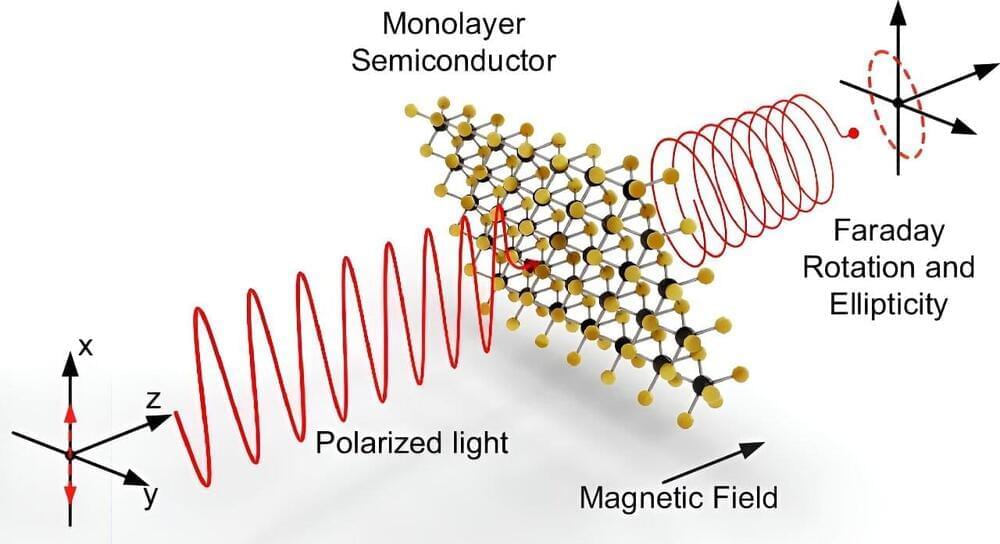Apr 29, 2024
Beyond Graphene: A New World of 2D Materials Is Opening Up
Posted by Saúl Morales Rodriguéz in categories: materials, particle physics
Materials that are incredibly thin, only a few atoms thick, exhibit unique properties that make them appealing for energy storage, catalysis, and water purification. Researchers at Linköping University, Sweden, have now developed a method that enables the synthesis of hundreds of new 2D materials. Their study has been published in the journal Science.
Since the discovery of graphene, the field of research in extremely thin materials, so-called 2D materials, has increased exponentially. The reason is that 2D materials have a large surface area in relation to their volume or weight. This gives rise to a range of physical phenomena and distinctive properties, such as good conductivity, high strength or heat resistance, making 2D materials of interest both within fundamental research and applications.
